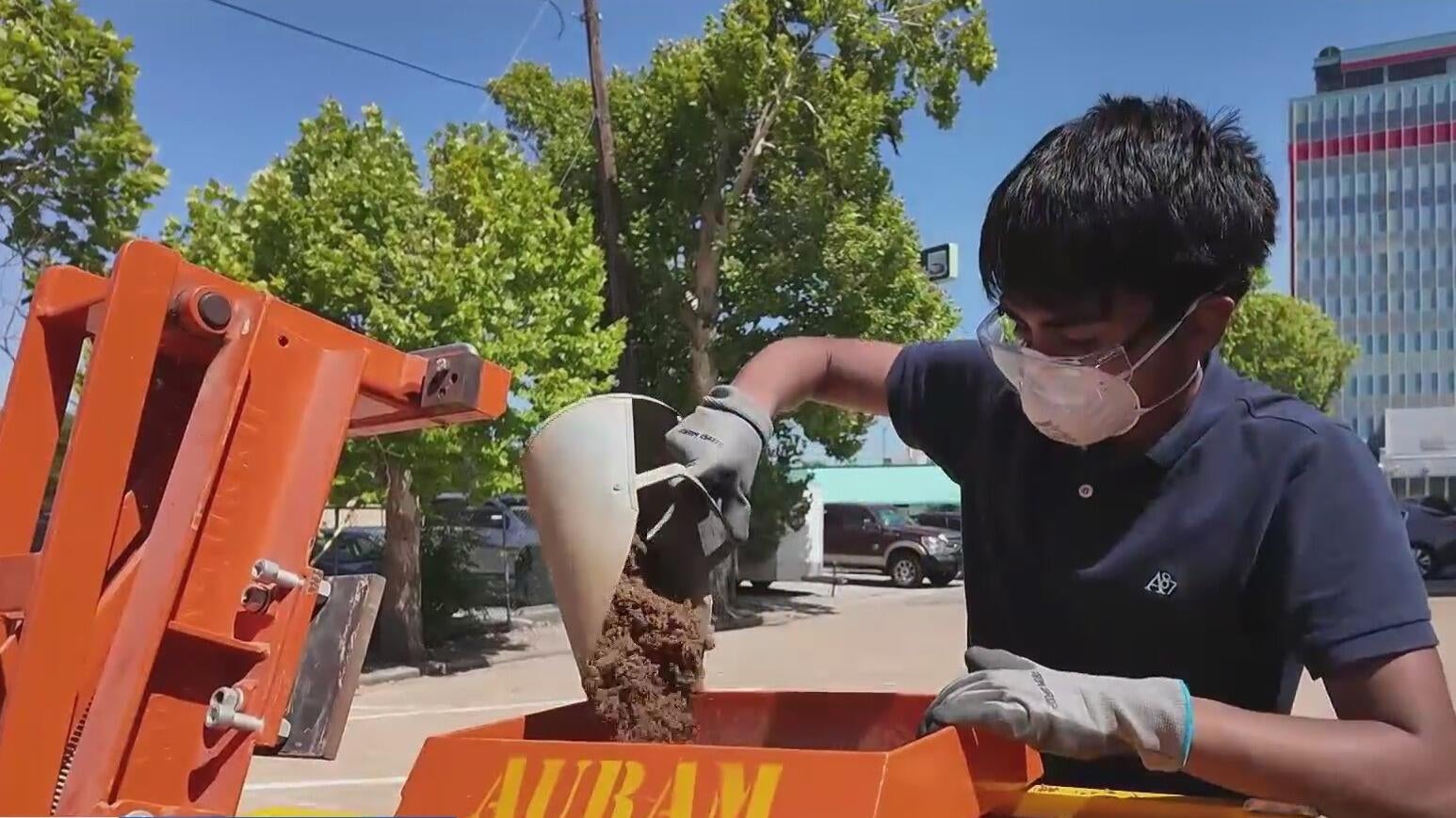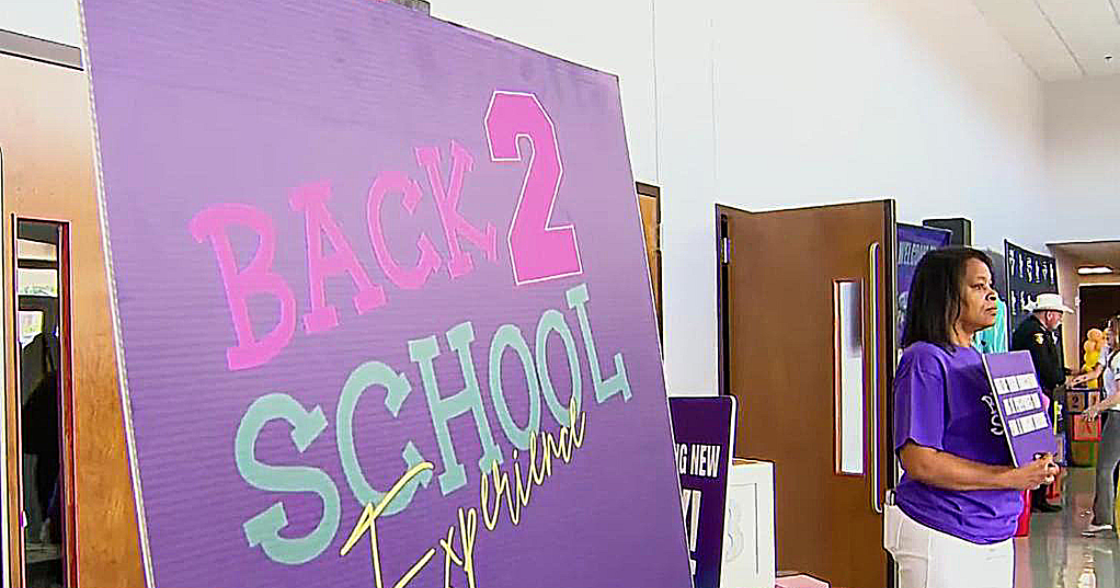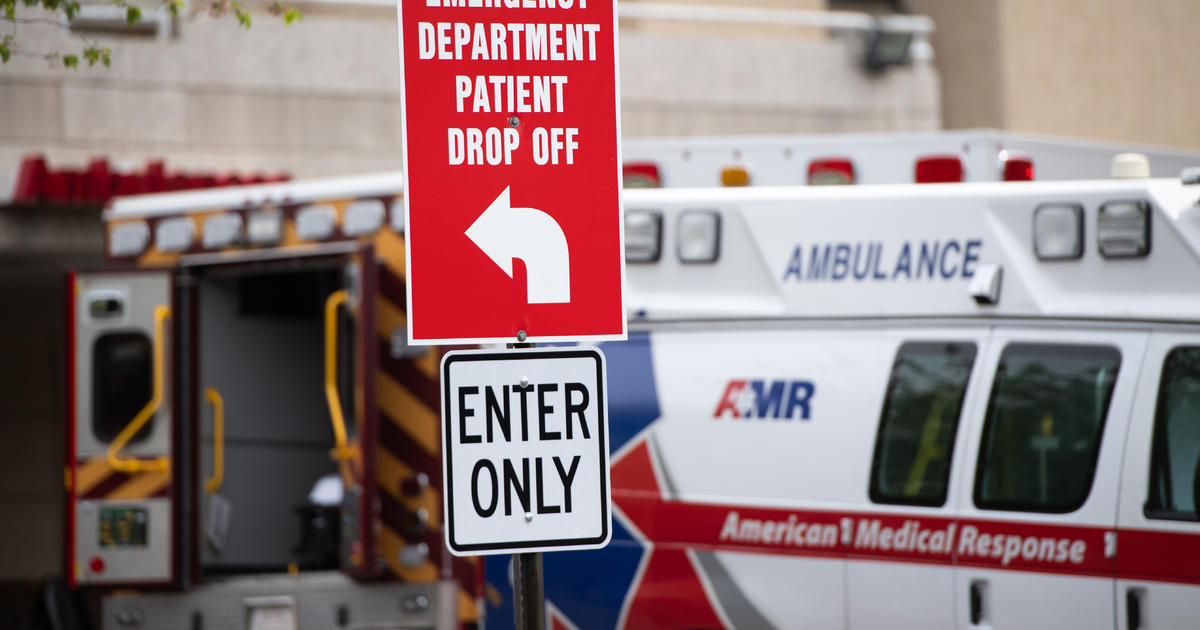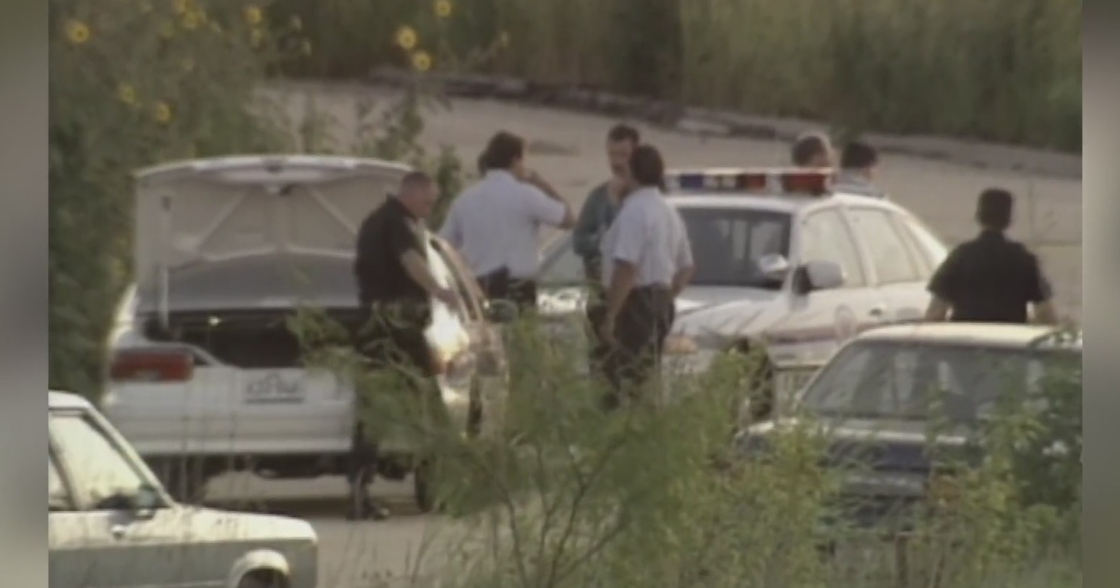SMU researchers explore "sandbox" solutions to Affordable Housing Crisis
In an outdoor SMU parking lot lab, students are getting their hands dirty—doing good.
"This is genuinely one of the most fun parts of this job," said Xander Kirkland. "We do a lot of stuff with numbers, but making the bricks is one of my favorite parts."
Kirkland, a rising senior at Garland High School, is among a group of high schoolers working alongside SMU graduate students to perfect a mix of soil, cement, water and pressure. The result is something they're calling "compressed bricks."
Engineering meets real-world problem solving
"So not every combination of dirt, water and cement is going to give you a strong block," said Associate Engineering Professor Brett Story, Ph.D. "But what we're doing here is determining what those are, so that we can build safely."
Using plain Dallas dirt and a device that resembles an oversized Play-Doh press, the bricks are cured in an ordinary cooler. A week later, they're sturdy enough to build a house—and the process can be replicated almost anywhere.
A global solution with local roots
Story, who teaches structural engineering and smart infrastructure, says adding engineering precision to a process long used in developing countries could be a game changer for safe, affordable housing. Students are also exploring how the method could offer a more cost-effective and environmentally friendly alternative to traditional masonry in North Texas.
"And the shipping for those big, heavy things is very costly," Story said. "So, this is technology that ultimately allows us to build on sites that are either hard to get materials to or the materials just aren't available."
More than bricks, it's mentorship
It's exciting work, he admits—but affordable housing isn't all he's building.
"I will always have a passion for teaching students, working with students, training students to solve difficult engineering problems," Story said. "That's why I'm doing this."
He recalled a moment of breakthrough: "This morning when their first block came out, one of the students said—he's been looking at it on the whiteboard for two weeks—'Wow, that's actually a really cool block!' Yes it is. So all this stuff that we're teaching on the whiteboard actually works. And seeing those light bulbs go off and that enthusiasm they have... I mean, I have goosebumps now just thinking about it."
Inspiration for future engineers
Students like Kirkland, who's already dreaming of a career in civil engineering, are inspired.
"Yes, I want to make as much of an impact as I can in whatever way I can," he said. "Like if we can reduce carbon emissions through building entire neighborhoods (with compressed bricks), that would be amazing!"
Learning beyond the whiteboard
The summer program is designed to bring together students with different strengths—whether math whiz or hands-on problem solver.
"I think that this is the impetus behind the way we design the program," Story said, "is to get people working together to solve problems."
It's a lesson learned while playing in the dirt that sticks.
"We have to do the calculations involved," said Kirkland, who is returning for his second summer in the program. "But it is impressive how much I have learned about just working with other people through this program."
But he doesn't call it work.
"It's some fun!" he added with a laugh. "I love playing in the dirt. Yes. Big sandbox. Yeah!"




